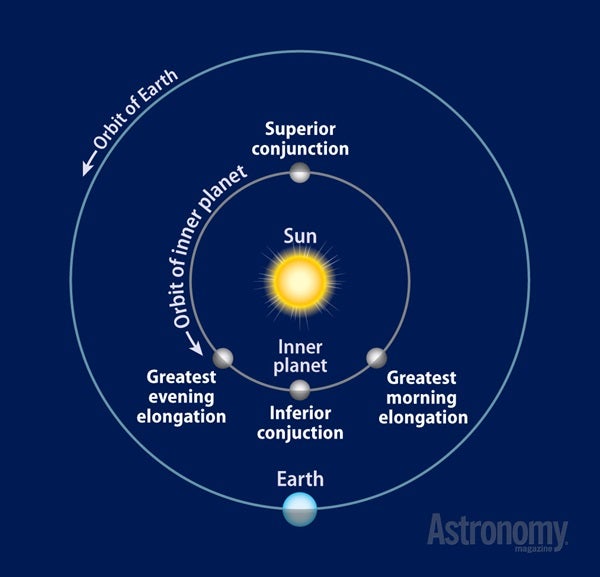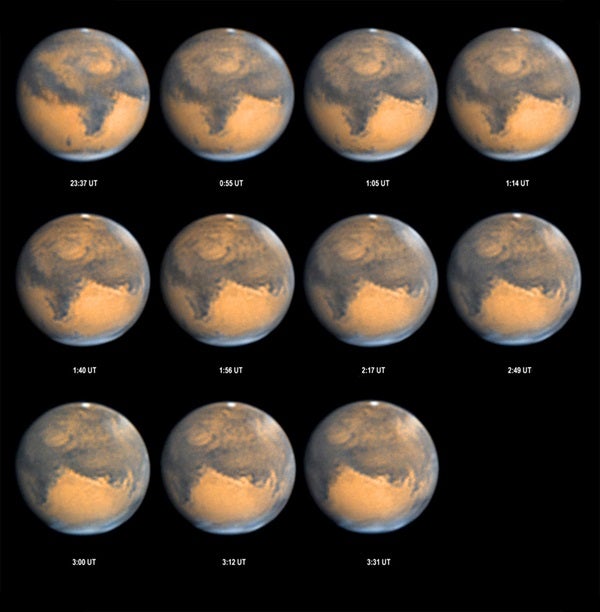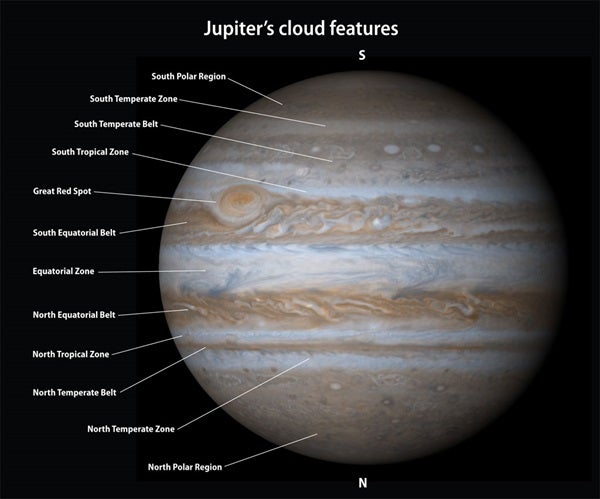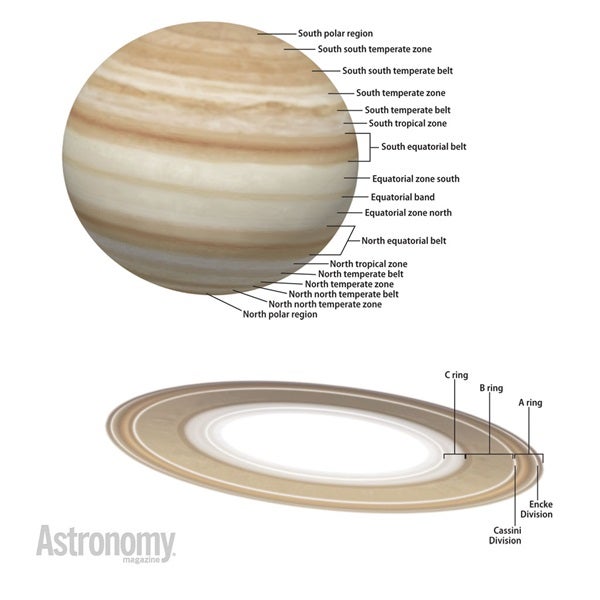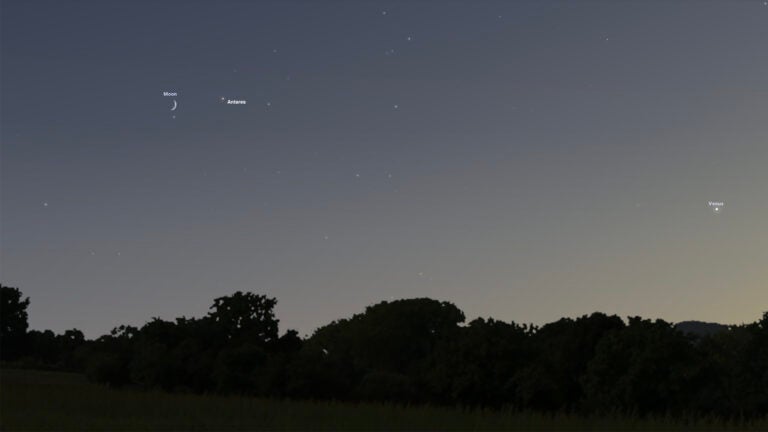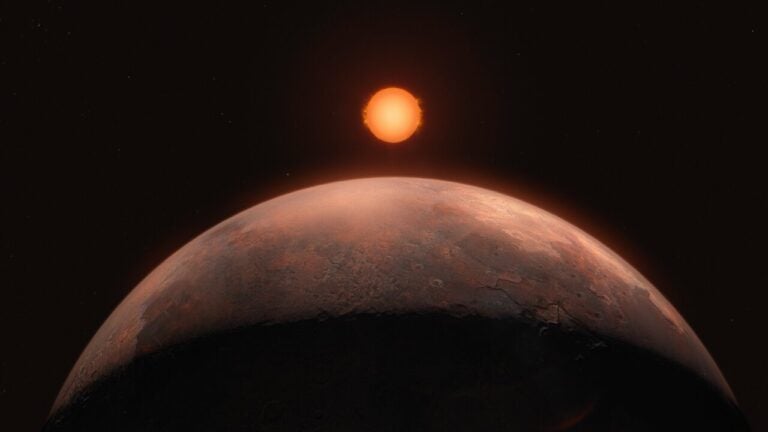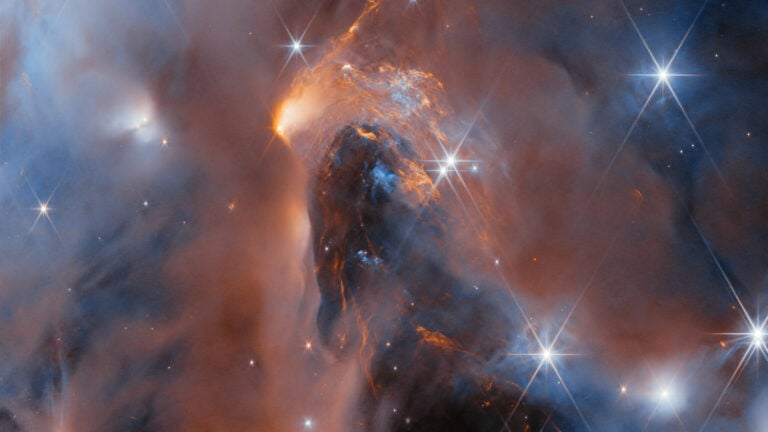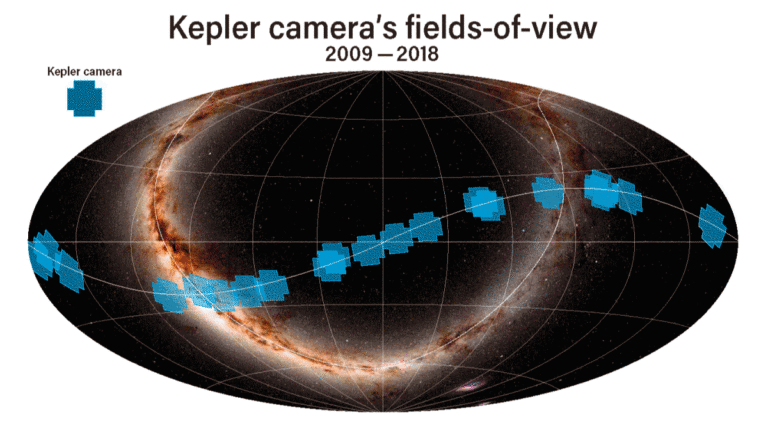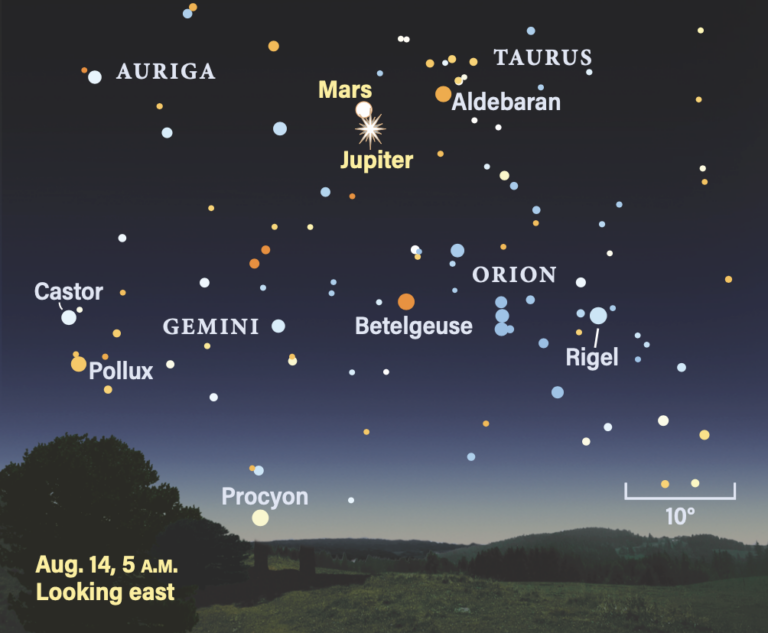The other planets of our solar system aren’t just targets for spacecraft. They’re also worlds you can observe. Even a small telescope will reveal details on the giant planets. Through a medium-sized scope, you’ll see Venus, Mars, Jupiter, and Saturn change on a nightly basis. And you won’t need a dark sky to do so: Even under city lights, the planets provide easy objects to watch evolve.
Observing Mercury
Through a telescope, you can detect Mercury’s phases, but details are scant. The best times to spot this elusive orb are when Mercury lies at one of its elongations, either farthest west of the Sun in the eastern morning sky or farthest east of the Sun in the evening sky.
Most good views of Mercury occur at midday, when the planet sits high in the sky. (Be careful never to point your telescope at the Sun.) If you can locate Mercury, use a yellow or orange filter to cut down the sky’s blue light.
Observing Venus
Venus is easier to observe than Mercury. Astronomers routinely follow its phases, along with size changes — a feature easier to spot with Venus than Mercury. While the innermost planet looks twice as big when between Earth and the Sun than it does when it lies on the far side of our star, Venus is more than six times larger. Daytime observations of Venus are also easier than those of Mercury because Venus shines brighter and can lie farther from the Sun.
Features in Venus’ atmosphere range from dusty shadings to bright spots. You may be able to spot the most famous through a #47 (violet) filter. This filter doesn’t allow much light through, so use it with at least an 8-inch telescope. Look for an immense C- or Y-shaped feature centered on the planet’s equator.
Mars and Earth are closest once every 26 months, but don’t wait for the Red Planet to reach maximum apparent size before you start observing it. As long as Mars’ atmosphere is transparent, you’ll see detail several months before and after opposition (when Mars rises at sunset, usually within a week of closest approach).
Use high magnifications to observe the Red Planet, right up to the limit of the atmosphere’s steadiness. Concentrate on a small area or a single feature. Don’t try to observe the entire disk or dart your gaze from one feature to another.
Mars’ atmosphere features several cloud types. Seasonal examples occur because of heating and cooling. Discrete clouds are localized and get carried along as the planet rotates.
Orographic clouds are made from water created by wind passing over martian mountains and volcanoes. To view orographic clouds, use a #80A (blue) or #47 (violet) filter. For the low-altitude ones, a #58 (green) works better.
You also can observe morning and evening clouds — bright, isolated patches of surface fog appearing at martian sunrise and sunset. Evening clouds are generally larger and more numerous. For the best views, use a blue or violet filter.
Next to the Sun and the Moon, the celestial object with the greatest observable detail is Jupiter. Even small scopes show several dark stripes — the North and South Equatorial Belts — flanking the giant planet’s equator.
Watching Jupiter nightly can be rewarding. In addition to the changing positions of its four largest moons, the planet’s rotation brings nearly all of its possible visible area into view in a single night. Be sure to target the Great Red Spot.
A #38A (dark blue) filter will enhance the planet’s zones. Blue filters also sharpen bright cloud features. A #23A (red) filter brings out details along Jupiter’s equator and sharpens contrast in the major belts.
Moving moons
Four events are possible involving Jupiter and its four large moons. An eclipse occurs when a satellite moves through Jupiter’s shadow. An occultation occurs when the satellite disappears behind the joivan disk.
A transit occurs when a moon moves in front of Jupiter. Best views come when the satellites appear against the gas giant’s dark belts.
A shadow transit occurs when a moon’s shade crosses Jupiter’s disk. Shadows appear as small black dots through any telescope.
When observing Saturn, look for the Cassini Division, a dark gap between its two brightest rings. Through an 8-inch scope, note the rings’ brightnesses, color differences, and textures.
Markings on Saturn’s disk are subtle. Note any bright or dark spots compared to the belt or zone they’re in. From night to night, these features may change position.
Saturn’s zones appear off-white, slate-gray, or yellow. Saturn’s belts look bluish-gray, brown, and red. Such features stand out well through red, orange, or yellow filters. Occasional bright patches look best through a #58 (green) filter. Highlight the rings using a #56 (light green) or #82A (light blue) filter.
Observing Uranus
Uranus’ atmosphere is usually a featureless haze. Observers first reported details in 1870. Since then, other skywatchers have seen markings and belts. Through a small telescope, greenish Uranus appears as a slightly elliptical disk because of its rapid rotation. The planet moves slowly. It takes Uranus about 44 days to move the width of the Full Moon.
Observing Neptune
To the amateur astronomer with binoculars or a telescope, Neptune is no problem to find. At opposition, it displays a small blue disk that shines at about magnitude 7.7.
Even a large telescope won’t reveal much detail on Neptune, although you will see its largest moon, Triton, which shines at magnitude 13.5. The thrill of observing Neptune comes when you first spot it through your telescope. Because it lies farther from the Sun than Uranus, Neptune moves even more slowly. It takes approximately 85 days for the planet to traverse a Full Moon’s span.
Besides a telescope, it doesn’t take much to observe the planets. A good way to start is to check out “The Sky this Month” in each issue of Astronomy. Before you know it, you’ll have made seven new celestial friends.
Use color filters to better observe the planets — but don’t let the name fool you. Filters don’t add or show colors. They exaggerate brightness differences (contrast), making certain features easier to see. So, when you use a filter, look for brightness changes rather than color changes on the planet or in its clouds.
Manufacturers label color filters along their circumferences. To use one, screw it into the eyepiece’s barrel. All eyepiece filters have threads that match the threaded inside barrels of eyepieces.
All color filters work better with larger telescopes. It’s a simple rule of light throughput. For example, a #47 (violet) filter used with a 4-inch telescope to see cloud features on Venus just doesn’t work. The filter transmits only 3 percent of the light hitting it. However, the same filter used with a 12-inch scope easily reveals features.
| Color filter |
Transmission |
| #8 Light yellow | 83 percent |
| #11 Yellow-green | 78 percent |
| #12 Yellow | 74 percent |
| #15 Deep yellow | 67 percent |
| #21 Orange | 46 percent |
| #23A Light red | 25 percent |
| #25A Red | 14 percent |
| #38A Dark blue | 17 percent |
| #47 Violet | 3 percent |
| #56 Light green | 53 percent |
| #58 Green | 24 percent |
| #80A Blue | 30 percent |
| #82A Light blue | 73 percent |

